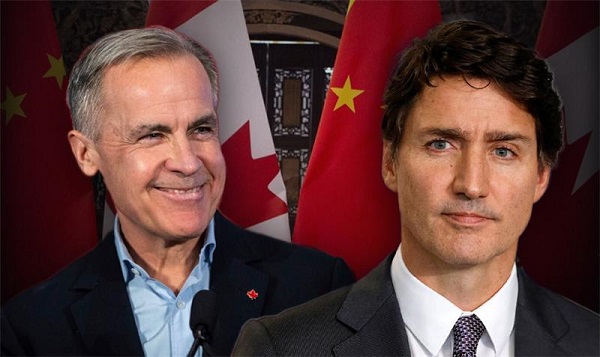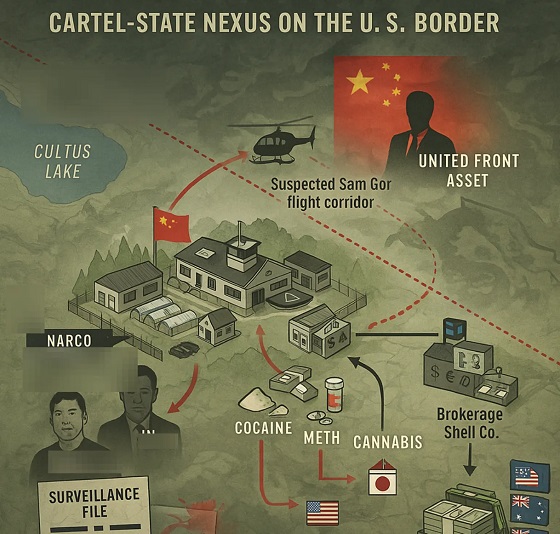Automotive
‘Net-zero’ targets neither feasible nor realistic

From the Fraser Institute
By Vaclav Smil and Elmira Aliakbari
Canada and other developed countries have committed to achieving “net-zero” carbon emissions by 2050. Yet here at the midway point between the 1997 Kyoto Protocol, the first international treaty to set binding targets for cutting greenhouse gas emissions, and the looming deadline of 2050, recent findings cast doubt on the feasibility of this ambitious transition.
According to a new study published by the Fraser Institute, despite international agreements, significant government spending and regulations, and some technological progress, the world’s dependence on fossil fuels has been steadily and significantly increasing over the past three decades. By 2023, global fossil fuel consumption was 55 per cent higher than in 1997. The share of fossil fuels in global energy consumption has only slightly decreased, dropping from nearly 86 per cent in 1997 to approximately 82 per cent in 2022.
Viewed through a historical lens, this sluggish pace of change is not surprising. The first global energy transition, from traditional biomass fuels (wood, charcoal, straw) to fossil fuels, started more than two centuries ago and unfolded gradually. Coal only surpassed global wood consumption in 1900; crude oil surpassed coal only in the mid-1960s; and natural gas has yet to surpass crude oil. Even today, this transition remains incomplete, as billions of people still rely on traditional biomass energy for cooking and heating.
The scale of the energy transition ahead is daunting. The 19th-century transition from wood to coal and hydrocarbons replaced about 1.5 billion tons of wood, equivalent to 30 exajoules. But the current transition will require at least 400 exajoules of new non-carbon energies by 2050. To put this in a Canadian perspective, generating this amount of clean energy worldwide would require the equivalent of about 22,000 projects the size of British Columbia’s Site C or Newfoundland and Labrador’s Muskrat Falls.
Advocates for today’s mandated energy transition often overlook the complexity of energy transitions and their many challenges. Critical industries such as cement, primary iron, plastics and ammonia still rely heavily on fossil fuels, with no viable alternatives readily available for large-scale adoption.
The energy transition also imposes unprecedented demands for minerals vital for renewable energy technologies, such as copper and lithium, which require substantial time to mine and develop. According to the International Energy Agency, the widespread adoption of electric vehicles by 2040 will require more than 40 times more lithium and up to 25 times more cobalt, nickel and graphite than the world was producing in 2020. Assuming such scale is even possible, there are serious questions about whether mineral and metal production can expand nearly quickly enough to meet the 2050 deadline.
Transitioning to a net-zero carbon footprint also requires a massive overhaul of existing energy infrastructure, as well as development of new systems and technologies, all of which will be very costly. High-income countries (including Canada) would need to allocate between 20 and 25 per cent of their annual incomes (broadly measured as GDP) to the transition. That would create significant economic challenges for citizens in terms of living standards.
A final problem is that achieving decarbonization by 2050 hinges on extensive and sustained global cooperation, a difficult task given the conflicting political, strategic and economic interests of different countries. In 2024 it’s not easy to imagine how the major countries can coordinate their decarbonization efforts. The European Union and the United States are already reducing emissions. But China and India are still increasing their coal combustion and have decades of emissions growth ahead of them, while Russia’s economic stability depends on exporting fossil fuels. And low-income African countries are expanding their fossil fuel consumption to build infrastructure and lift their living standards to alleviate poverty.
After two centuries of rising global carbon emissions, the goal of zero carbon by 2050 faces significant economic, political and practical obstacles. Severing modern civilization’s reliance on fossil fuels may be a desirable long-term goal but it simply cannot be accomplished either rapidly or inexpensively.
Authors:
Automotive
New federal government should pull the plug on Canada’s EV revolution

From the Fraser Institute
During his victory speech Monday night, Prime Minister Mark Carney repeated one of his favourite campaign slogans and vowed to make Canada a “clean energy superpower.” So, Canadians can expect Ottawa to “invest” more taxpayer money in “clean energy” projects including electric vehicles (EVs), the revolutionary transportation technology that’s been ready to replace internal combustion since 1901 yet still requires government subsidies.
It’s a good time for a little historical review. In 2012 south of the border, the Obama administration poured massive subsidies into companies peddling green tech, only to see a vast swath go belly up including Solyndra, would-be maker of advanced solar panels, which failed so spectacularly CNN called the company the “poster child for well-meaning government policy gone bad.”
One might think that such a spectacular failure might have served as a cautionary tale for today’s politicians. But one would be wrong. Even as the EV transition slammed into stiff headwinds, the Trudeau government and Ontario’s Ford government poured $5 billion in subsidies into Honda to build an EV battery plant and manufacture EVs in Ontario. That “investment” came on top of a long list of other “investments” including $15 billion for Stellantis and LG Energy Solution; $13 billion for Volkswagen (or $16.3 billion, per the Parliamentary Budget Officer), a combined $4.24 billion (federal/Quebec split) to Northvolt, a Swedish battery maker, and a combined $644 million (federal/Quebec split) to Ford Motor Company to build a cathode manufacturing plant in Quebec.
How’s all that working out? Not great.
“Projects announced for Canada’s EV supply chain are in various states of operation, and many remain years away from production,” notes automotive/natural resource reporter Gabriel Friedman, writing in the Financial Post. “Of the four multibillion-dollar battery cell manufacturing plants announced for Canada, only one—a joint venture known as NextStar Energy Inc. between South Korea’s LG Energy Solution Ltd. and European automaker Stellantis NV—progressed into even the construction phase.”
In 2023, Volkswagen said it would invest $7 billion by 2030 to build a battery cell manufacturing complex in St. Thomas, Ontario. However, Friedman notes “construction of the VW plant is not scheduled to begin until this spring [2025] and initial cell production will not begin for years.” Or ever, if Donald Trump’s pledge to end U.S. government support for a broad EV transition comes to pass.
In the meantime, other elements of Canada’s “clean tech” future are also in doubt. In December 2024, Saint-Jérome, Que.-based Lion Electric Co., which had received $100 million in provincial and government support to assemble batteries in Canada for electric school buses and trucks, said it would file for bankruptcy in the United States and creditor protection in Canada. And Ford Motor Company last summer scrapped its planned EV assembly plant in Oakville, Ontario—after $640 million in federal and provincial support.
And of course, there’s Canada’s own poster-child-of-clean-tech-subsidy failure, Northvolt. According to the CBC, the Swedish battery manufacturer, with plans to build a $7 billion factory in Quebec, has declared bankruptcy in Sweden, though Northvolt claims that its North American operations are “solvent.” That’s cold comfort to some Quebec policymakers: “We’re going to be losing hundreds of millions of dollars in a bet that our government in Quebec made on a poorly negotiated investment,” said Parti Québécois MNA Pascal Paradis.
Elections often bring about change. If the Carney government wants to change course and avoid more clean-tech calamities, it should pull the plug on the EV revolution and avoid any more electro-boondoggles.
Automotive
Major automakers push congress to block California’s 2035 EV mandate
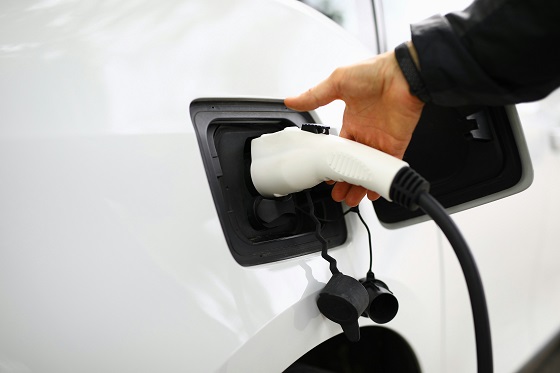
 MxM News
MxM News
Quick Hit:
Major automakers are urging Congress to intervene and halt California’s aggressive plan to eliminate gasoline-only vehicles by 2035. With the Biden-era EPA waiver empowering California and 11 other states to enforce the rule, automakers warn of immediate impacts on vehicle availability and consumer choice. The U.S. House is preparing for a critical vote to determine if California’s sweeping environmental mandates will stand.
Key Details:
-
Automakers argue California’s rules will raise prices and limit consumer choices, especially amid high tariffs on auto imports.
-
The House is set to vote this week on repealing the EPA waiver that greenlit California’s mandate.
-
California’s regulations would require 35% of 2026 model year vehicles to be zero-emission, a figure manufacturers say is unrealistic.
Diving Deeper:
The Alliance for Automotive Innovation, representing industry giants such as General Motors, Toyota, Volkswagen, and Hyundai, issued a letter Monday warning Congress about the looming consequences of California’s radical environmental regulations. The automakers stressed that unless Congress acts swiftly, vehicle shipments across the country could be disrupted within months, forcing car companies to artificially limit sales of traditional vehicles to meet electric vehicle quotas.
California’s Air Resources Board rules have already spread to 11 other states—including New York, Massachusetts, and Oregon—together representing roughly 40% of the entire U.S. auto market. Despite repeated concerns from manufacturers, California officials have doubled down, insisting that their measures are essential for meeting lofty greenhouse gas reduction targets and combating smog. However, even some states like Maryland have recognized the impracticality of California’s timeline, opting to delay compliance.
A major legal hurdle complicates the path forward. The Government Accountability Office ruled in March that the EPA waiver issued under former President Joe Biden cannot be revoked under the Congressional Review Act, which requires only a simple Senate majority. This creates uncertainty over whether Congress can truly roll back California’s authority without more complex legislative action.
The House is also gearing up to tackle other elements of California’s environmental regime, including blocking the state from imposing stricter pollution standards on commercial trucks and halting its low-nitrogen oxide emissions regulations for heavy-duty vehicles. These moves reflect growing concerns that California’s progressive regulatory overreach is threatening national commerce and consumer choice.
Under California’s current rules, the state demands that 35% of light-duty vehicles for the 2026 model year be zero-emission, scaling up rapidly to 68% by 2030. Industry experts widely agree that these targets are disconnected from reality, given the current slow pace of electric vehicle adoption among the broader American public, particularly in rural and lower-income areas.
California first unveiled its plan in 2020, aiming to make at least 80% of new cars electric and the remainder plug-in hybrids by 2035. Now, under President Donald Trump’s leadership, the U.S. Transportation Department is working to undo the aggressive fuel economy regulations imposed during former President Joe Biden’s term, offering a much-needed course correction for an auto industry burdened by regulatory overreach.
As Congress debates, the larger question remains: Will America allow one state’s left-wing environmental ideology to dictate terms for the entire country’s auto industry?
-

 Crime2 days ago
Crime2 days agoPam Bondi Reveals What The Holdup Is With Epstein File Release
-

 2025 Federal Election2 days ago
2025 Federal Election2 days agoGroup that added dozens of names to ballot in Poilievre’s riding plans to do it again
-
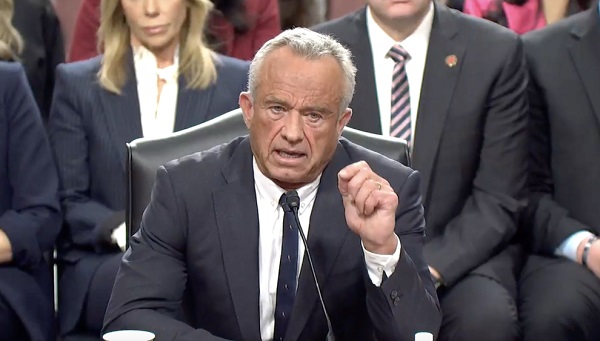
 Autism1 day ago
Autism1 day agoNIH, CMS partner on autism research
-
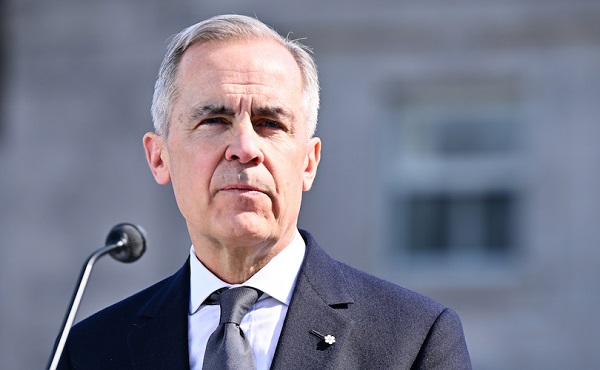
 2025 Federal Election2 days ago
2025 Federal Election2 days agoCarney says Liberals won’t make voting pact with NDP
-

 conflict2 days ago
conflict2 days agoWATCH: U.S. ending bombing campaign on Yemeni militant group
-

 COVID-192 days ago
COVID-192 days agoStudy finds nearly half of ‘COVID deaths’ had no link to virus
-

 Business1 day ago
Business1 day agoInnovative Solutions Like This Plan To Provide Power For Data Centres Will Drive Natural Gas Demand For Decades
-

 Alberta1 day ago
Alberta1 day agoAlberta’s move to ‘activity-based funding’ will improve health care despite naysayer claims







